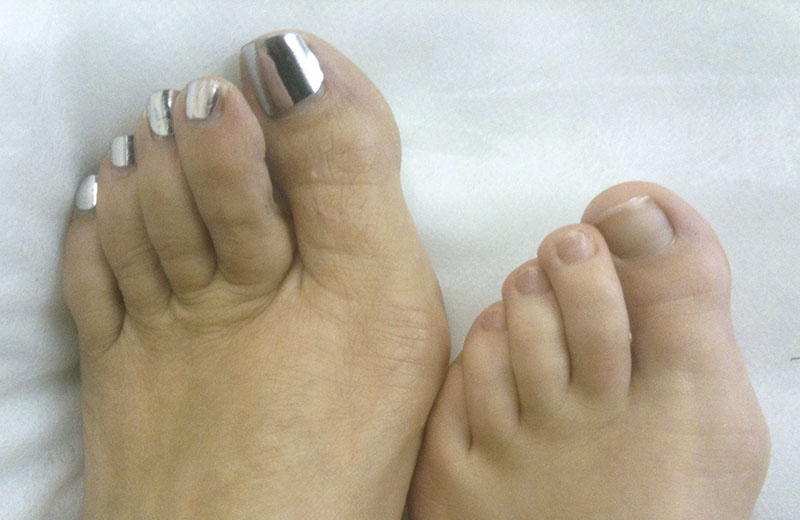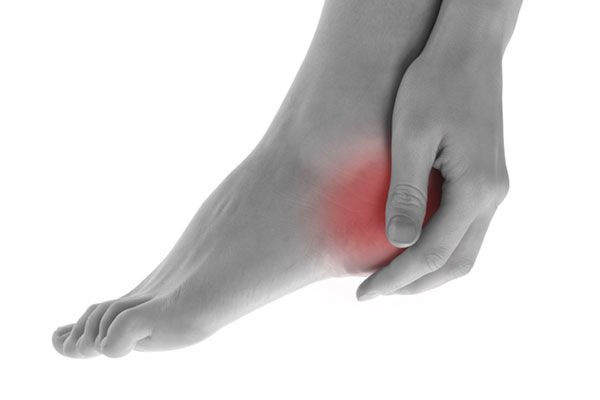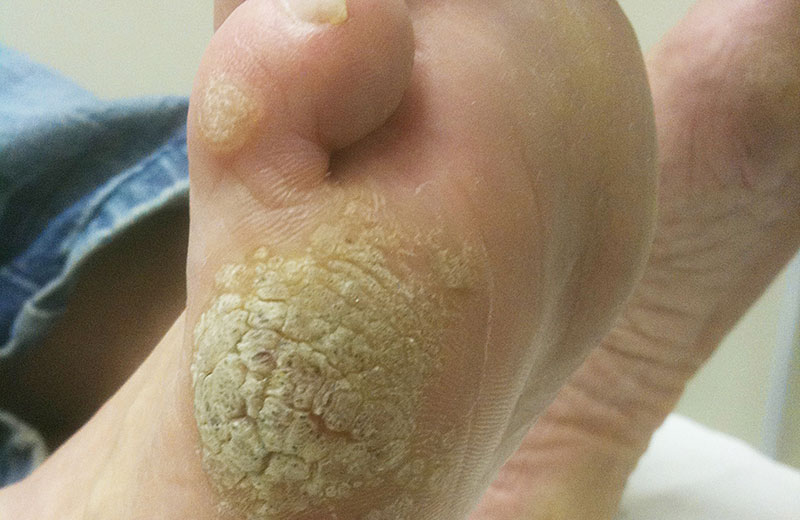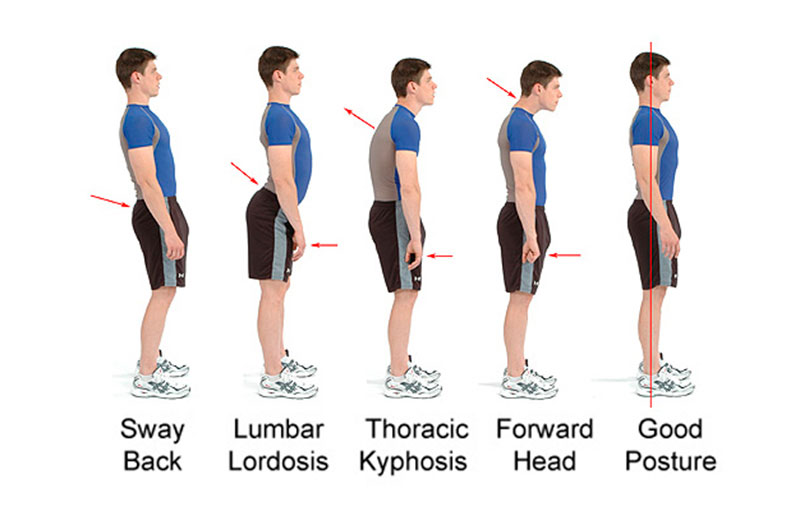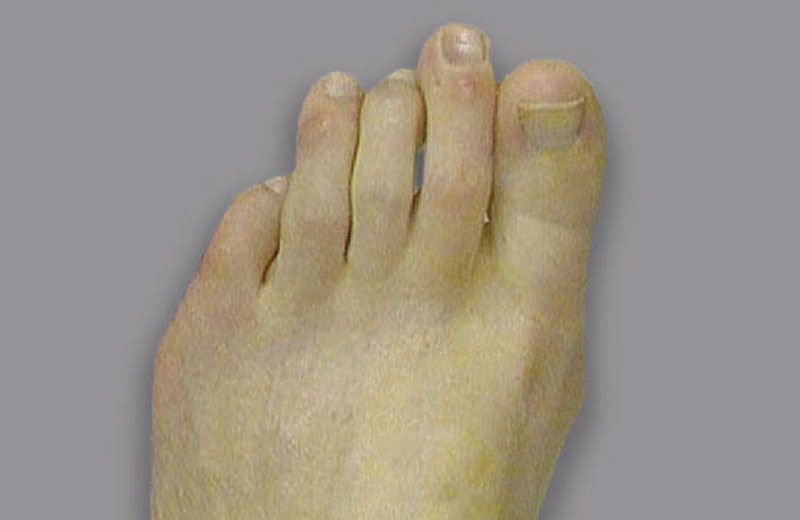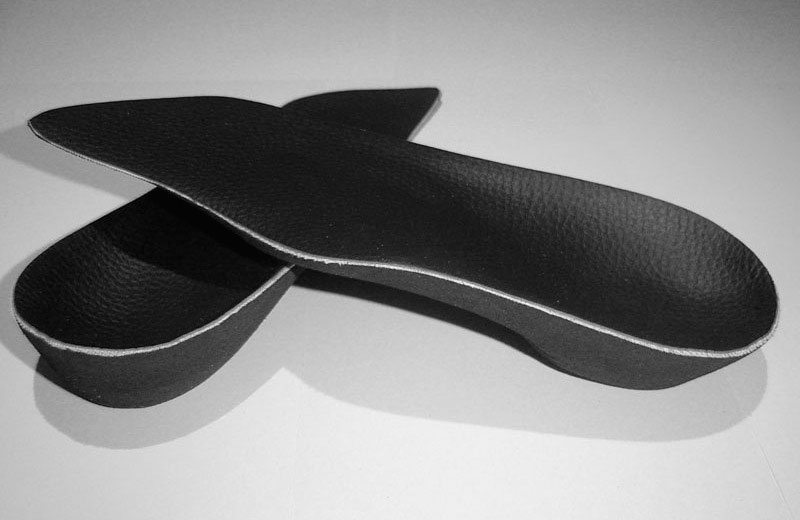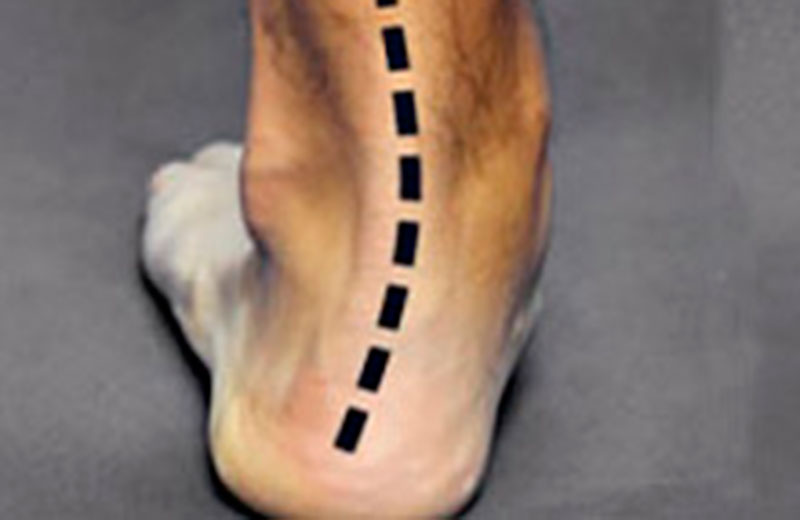Intense Heel Pain: Is it the way you walk, or something serious, like Haglund’s Deformity?
By Philippa Stanley | May 9th, 2022 | Foot care
Haglund’s Deformity and Heel Pain
This week we are looking at the foot, specifically the back of your heel.
So what does pain in this area of your body signify? Is the fix as simple as changing your shoes, or do you require surgery?!
Our podiatrists can help to diagnose the cause of your pain and discuss ways to treat your condition with you. Below are 2 potential causes of your heel problem, followed by the best way to solve your problem.
Podiatric Gait Analysis and Orthotics
Your ankle and heel pain may originate in the way in which you walk! if your biomechanics are out of alignment, your body weight may be supported by the wrong parts of your foot. This can lead to tight or inflamed tendons and a lot of pain as your foot contorts in an attempt to even out your gait.
To further the problem, your altered way of walking causes your body to be out of balance, so your ankle, knee, hips and back will move from their neutral position and adjust to your feet. This can cause pain in other areas which will remain a problem until your biomechanical foot condition is treated!
The pain experienced from a biomechanical problem is progressive, and caused by years of an uneven, untreated gait. It will not go away if ignored.
How do you fix the problem?
Our senior podiatrist can help to diagnose the type of gait problem through a thorough initial assessment and offer treatment based upon the outcome of the individual case.
One way to help guide the foot into a neutral gait from overpronation is through custom fitted orthotic insoles. The insoles would help to support your foot and ensure a healthier way of walking by eliminating the biomechanical troubles. Insoles are a non-surgical way to help bring back your daily activities that were lost to pain.
Haglund’s Deformity
Haglund’s deformity is a condition of the heel, which causes the bone to grow an enlarged nodule. This extension of bone can rub can become inflamed and painful as a result of friction from shoes. The pain and swelling arises as the synovial fluid sac, called a bursa, is consistently under pressure from the bone and from your shoes. Alongside the visible lump and pain in the area, symptoms can also include redness and extreme swelling.
This condition is also known as “pump bump” as the hard backing on the pump style of shoes can aggravate the bony extrusion and lead to more pain. However there are other factors which can lead to a bursitis in this area of your foot.
What are the causes Haglund's Deformity?
- Pump style shoes
- Hereditary foot structures
- A tight Achilles tendon
- A high arched foot
- An uneven gait
How do you fix the problem?
Our consultant podiatric surgeons can use the X-Ray facilities on-site to assess the area and aid in the diagnosis. If surgery is deemed an appropriate remedy, then the surgeons will be able to remove the bone enlargement. By removing the deformity, the pain is removed as the bone will not be able to rub against your shoes and become inflamed.
Below is an example of the before and after of this surgery.

If you’re struggling with ankle or foot pain, call us today on 0113 2900310 to start your journey to a pain-free life.
Alternatively you can contact us HERE.
Our podiatrists are waiting to help you bring some normality back into your everyday way of living.
t: 0113 2900 310
e: thelawrenceclinic@btconnect.com
w: Visit our podiatry page or The Lawrence Clinic for more information.
Image Source: aoshogdocs.com

